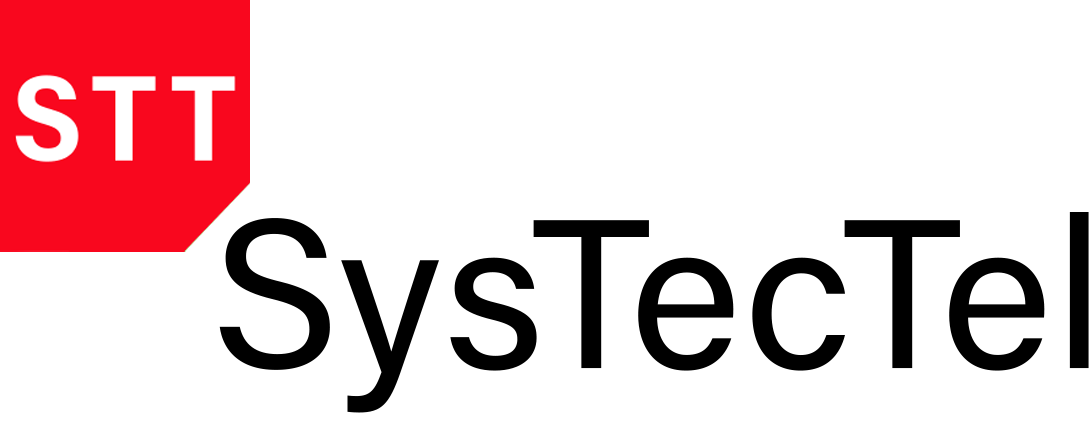What Is Digital Advertising, And Why Is It So Important?

Need content for your business?
Changes within society have marked the last few years in the way we relate. With technology increasingly present in our routine, we spend most of our time connected.
Companies also needed to change their communications, and knowing what is digital advertising has become essential.
For a long time, communication between companies and consumers was made through physical actions, such as ads in newspapers and magazines, but it evolved to reach channels such as radio and television, further expanding the reach of brands.
Now is the time for Digital Marketing, which has become the primary way to promote a company.
After all, how can we ignore the fact that currently, data indicates a total of 4.54 billion active internet users around the world?
In social media alone, there are 3.8 billion people connected. All of this was taken into account by companies and, therefore, digital advertising has become very important.
How about, then, digging a little deeper into this concept so important for your company’s success and knowing how to invest your business resources better?
Let’s talk about:
- What is Digital Advertising?
- What are the benefits and differences between traditional and digital advertising?
- How does a digital advertising strategy work?
- What are the 4 best digital advertising examples?
- Wrap Up
Download this post by entering your email below Do not worry, we do not spam.
What is Digital Advertising?
Digital advertising (also known as online advertising) is a form of marketing used by companies to promote their brand, product, or service through digital channels.
It consists of actions in web browsers, social media pages, blogs, apps, or any other form of contact through the Internet.
With the digital transformation, more and more options arise for companies to communicate with the market and, of course, its audience.
This way, everything that is done using digital platforms and resources can be considered digital advertising. The main goal is to be present precisely where the public is.
Digital advertising is a process of migration and adaptation of companies to the movement that society as a whole has undergone.
After all, if 4.18 billion people are using their smartphones to connect to the Internet, their business also needs to be present in this channel, strengthening its relevance and brand awareness.
What are the benefits and differences between traditional and digital advertising?
Now that you know what is digital advertising, it’s essential to understand what its benefits are and, of course, how this concept differs from the traditional model.
The most important thing is accuracy. With countless resources and tools, it is much easier to understand, know, and help those on the other side.
In other words, companies know much more about the behavior of consumers, what they are looking for, and what you can offer to them — for example, more appropriate and relevant content.
Also, you can specify exactly which audience you will impact. In traditional advertising, for example, companies buy space at a specific time on television, and it is displayed to those watching. But companies do not have control over who is viewing that advertised information.
With social media advertising platforms, Digital Marketing actions can be more segmented, focusing on a specific audience, according to the company’s buyer persona.
After all, why would an e-commerce company of sporting goods spend its resources advertising to people who do not practice sports?
When segmenting your campaigns based on interests, for example, companies can target their efforts with exactness, focusing on those users who can become customers of the brand.
Another benefit that differentiates digital advertising from the traditional model is the possibility of real-time monitoring of their actions.
While in the physical media you have to wait a certain period to know if the action worked or not, and the evaluation indicators are not so accurate, digital advertising facilitates this control.
That way, companies can track exactly how their strategies are working.
How many visitors were directed to the website through an SEO (Search Engine Optimization) strategy in a given period? Wasn’t it as planned?
Then you can change it immediately to increase the accuracy and efficiency of your marketing efforts.
The most significant benefit of digital advertising is better control over the performance of all your campaigns and communication strategies.
How does a digital advertising strategy work?
A digital advertising strategy needs to consider what the company’s goals are, the resources available to achieve those goals, and, of course, define a buyer persona for your business.
With all of these points evaluated, companies will choose, from a massive variety of options, what is the best cost-benefit for their plans.
Ideally, they will bet on more than one strategy, which means not allocating all resources to just one action. For example, focusing on social media ads, paid search, and even using influencers.
Evaluate the advantages and disadvantages of each idea, and cross-check with the main objectives of your company and the profile of your buyer persona.
With this information defined, decision-making becomes much more faithful for the business.
To resume, a digital advertising strategy is a set of actions on the various digital platforms according to the objectives and resources available to the company.
Also, it is essential to continually monitor and evaluate each of your choices, making sure that they are resulting as expected.
What are the 4 best digital advertising examples?
Nothing better than knowing examples of what can be used in your digital advertising planning, right?
That’s why we’ve separated 4 application examples to inspire you to find the best idea for your business.
Check it out!
1. Search Engine Marketing (SEM)

One mark of the digital transformation is undoubtedly the use of Google (and others like Bing and Yahoo) as a source for questions on the Internet.
In Google alone, there are about 75,000 searches per second. Considering that this is the most used page for surveys — the preference of 92.07% of users — how to ignore it?
Within the possibilities of advertising on search engines, the Search Engine Marketing strategy stands out in two different techniques: SEO (Search Engine Optimization) and paid advertising.
SEO represents a set of techniques and strategies to generate organic traffic.
From a work of link building, keyword definition, and high-quality content relevant to readers, the page can stand out and rank among the main results in the search engine.
It is aimed at the long term. However, the costs are low, and the return is excellent.
Paid advertising, on the other hand, consists of an advertising pay in which the company only pays for users who clicked on their ads, optimizing the use of its resources. This type of content appears on Google with an “Ad” favicon.
2. Display Advertising

Closer to the idea of traditional advertising, using the display means creating images and text to attract the user’s attention.
The most common method is using banner displays and ad spaces within websites specific to your audience.
For one e-commerce of sports articles, for example, the pages of a sports news portal can be a good place for the display ads.
In practice, it is the same idea as an ad on a newspaper or magazine page. It may not be as efficient when we talk about impacting a very segmented audience.
However, visual ads are excellent ways to capture the user’s attention and ensure that they click on your message.
3. Social Media Ads

Social media is undoubtedly one of the most efficient channels to talk to your audience.
The number of active users on Facebook is 2.5 million, while YouTube, WhatsApp, and Instagram add another 4.5 million together. On average, studies show that users spend nearly one hour a day on these channels.
For those who want to strengthen brand awareness and their digital presence, it is essential to be present on these platforms and promote their products and services.
In an organic or paid way, it is possible to reach many people and, better, in a segmented way. With relatively lower spending, social media is also a great channel for digital advertising.
4. Email marketing

As much as email is an older channel of the internet age, it is still trendy. The use of this channel tends to grow between 2% and 3% per year until 2023, according to Statista.
The main reason? Public preference.
An Adestra survey shows that 73% of millennials prefer communication with companies to be done through this platform. The good news? A DMA Insight study indicates that 99% of consumers look at their emails daily.
With so many people connected to this channel, you’ll be able to get closer to your consumer. Besides that, the email marketing ROI is really high.
The average ROI in email advertising is $40 for every $1 you spend.
To conquer this return, you need to think about four aspects: get qualified subscribers, engage your public, keep your audience on the email base, and find some automation tools to help with the process.
The first point, getting qualified subscribers, is something that your business will do organically, by offering high-quality content to the audience. The main rule here is: to never buy an email list from someone else.
Those people never permitted you to talk to them and, besides that, they probably aren’t even interested in what you do. So you need to build your list from scratch, based on people who have an interest in what you offer.
Once you find those qualified subscribers, you need to nurture them with relevant content. But be careful: don’t send them a lot of emails. Segment your list on characteristics and personal interests. After that, put together a calendar with all the messages you will send. Send ads once in a while and never spam your list.
To make all this work easier and more precise, count on an automation tool. This way, you can program the nurturing flows and newsletters, and they will be sent automatically on the date and time you trace.
You can also segment your list, to make sure the audience is passing through the funnel, getting content to every stage of the buyer’s journey.
Wrap Up
Understanding digital advertising is fundamental for your brand to be relevant among your target audience.
After all, there is no point in offering the best prices or products if no one knows your brand. The good news is that there are several options to promote your business accurately, according to your audience and goals.
However, you must keep in mind that high-quality content forms the foundation of any promotion and engagement. Fortunately, WriterAccess is here to assist.
As a content creation marketplace, WriterAccess can connect you with skilled writers who can help you achieve your goals.
Why not give WriterAccess a try today? Sign up now and get 14 days of free access to our network of expert writers. Discover for yourself what great content can do for your business!

